Blog posts tagged with labs
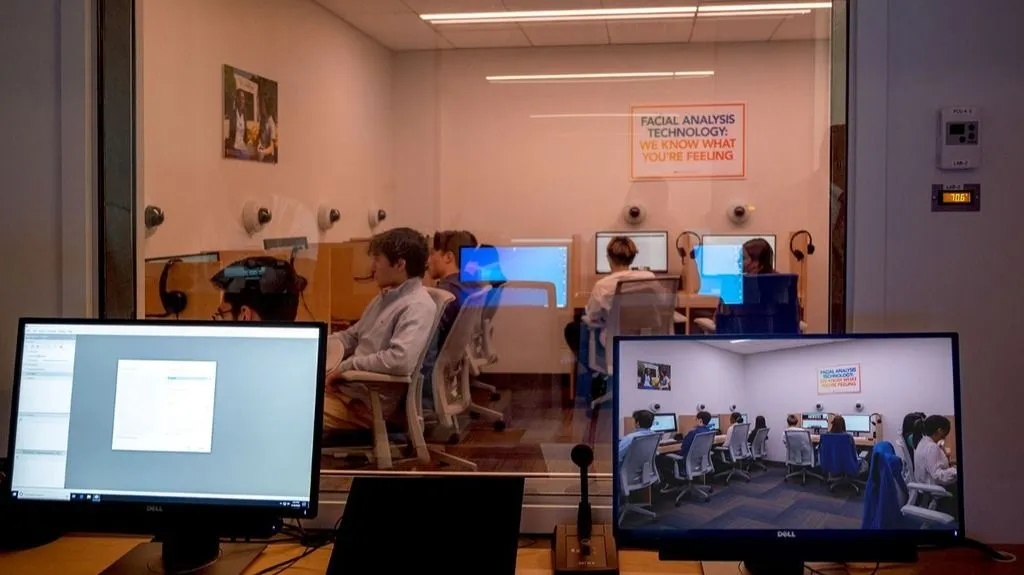
06 May
human behavior research
Research Methods (Human)
From observation to insight
Across research, education, and product development, labs need tools to capture and understand human behavior with precision. This blog shows how combining Viso and The Observer XT empowers teams to gain richer insights and make data-driven decisions.

18 Mar
human behavior research
Multimodal
Understanding human behavior at Hofstra's Behavioral Research Lab
Discover how Hofstra University's Behavioral Research in Business Lab, directed by Dr. Anil Mathur, utilizes advanced methods like eye tracking and facial analysis to deepen insights into human behavior and business decision-making.
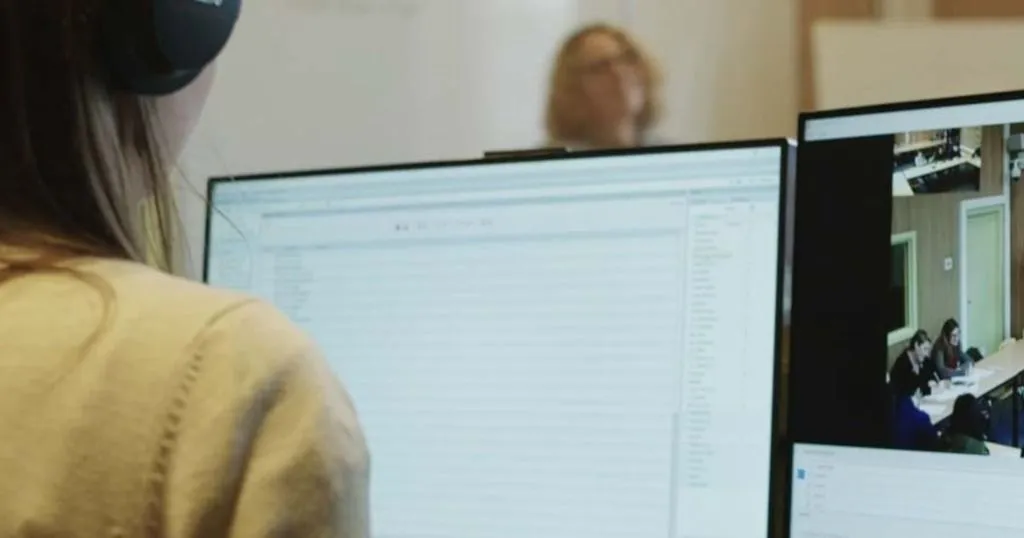
06 Aug
human behavior research
Psychology
Should you use a combination of modes to optimize behavioral studies?
If you ask a scientist what they think of when you say, ‘behavioral study’, they will come up with wildly differing answers, depending on their own type of work.

24 Mar
human behavior research
Emotion
How to use FaceReader in the lab
Are you interested in using automatic facial expression analysis in a standardized lab setting? Here are 5 tips to get you started!
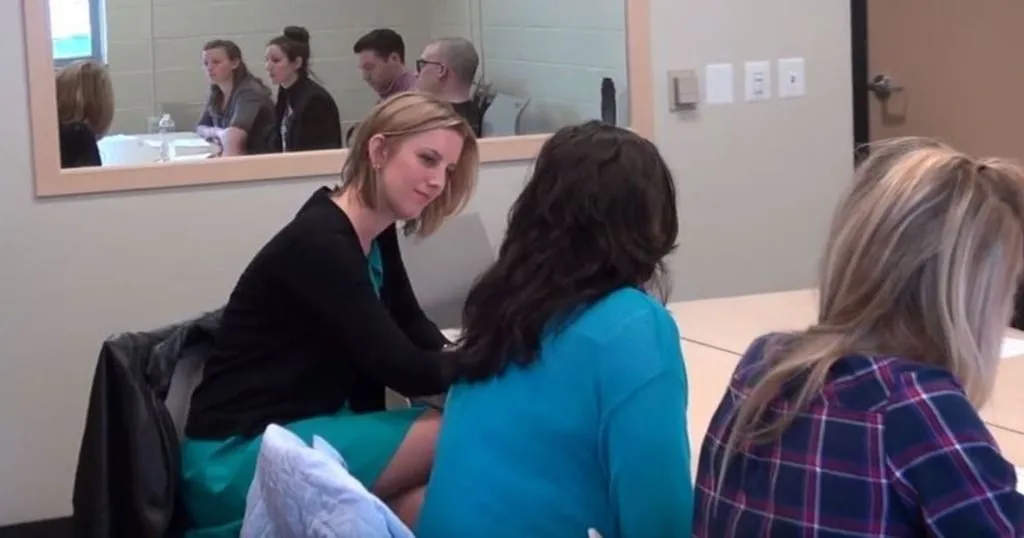
30 Jan
human behavior research
Psychology
How to develop your training and education facility
The use of video in education can be very helpful to develop required technical skills, soft skills, and specialized knowledge.
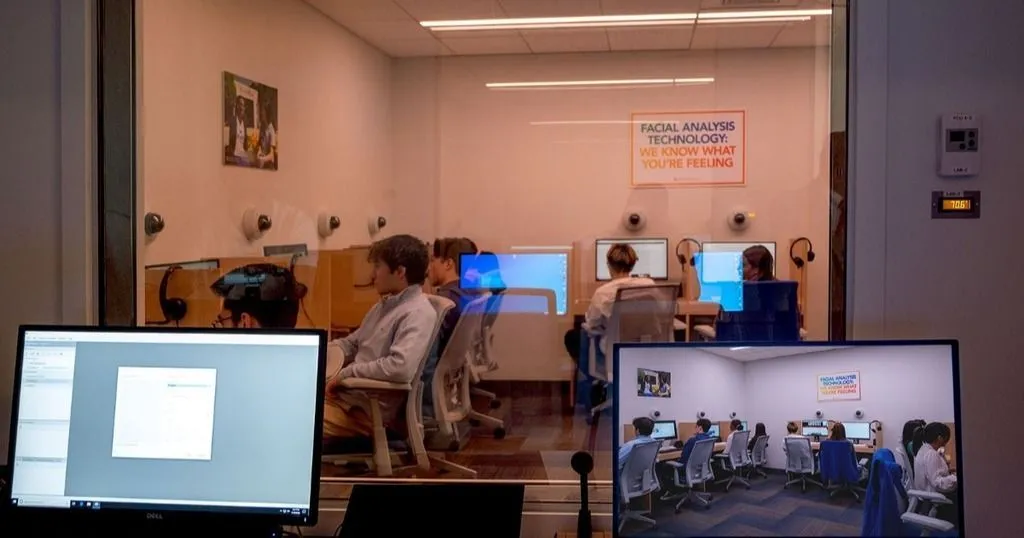
14 Aug
human behavior research
Research Methods (Human)
Behind the Scenes: Human Behavior Research Labs
Observation and analysis of human behavior is often done in labs. From babies to business, it can all be researched. Want to see how some of this research is done? Check out these amazing human behavior labs in action.
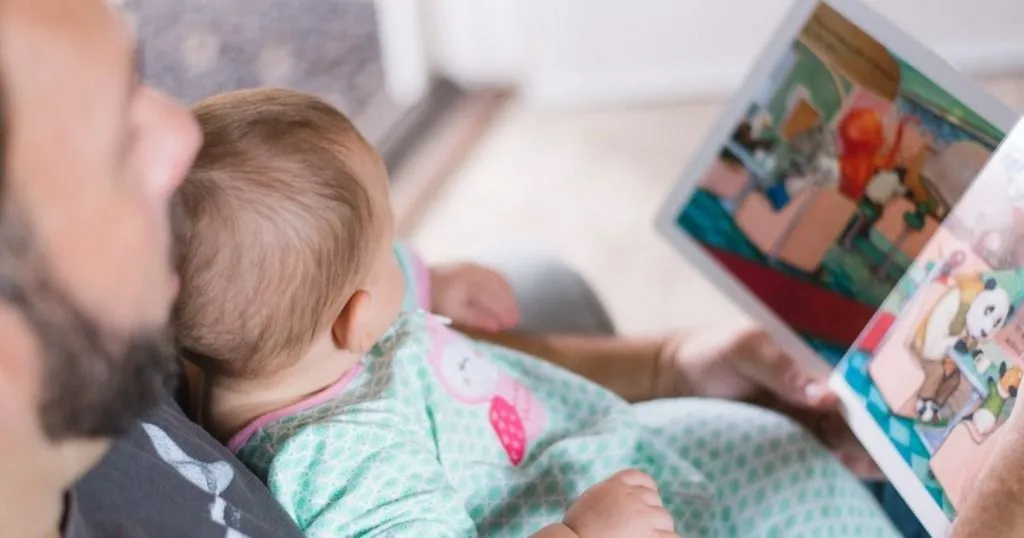
04 Oct
human behavior research
Psychology
The importance of measuring infant behavior for early diagnosis of autism
Most efforts to detect autism before the age of two rely on parental reports rather than infant behavior.

17 Aug
human behavior research
Education
A story told: using an AV lab to teach skills for counseling psychology
Creating a great clinical space to train students was what Dr. Audrey Ervin, psychologist and teacher at Delaware Valley University, wanted to achieve. Read the story about how she handled this.
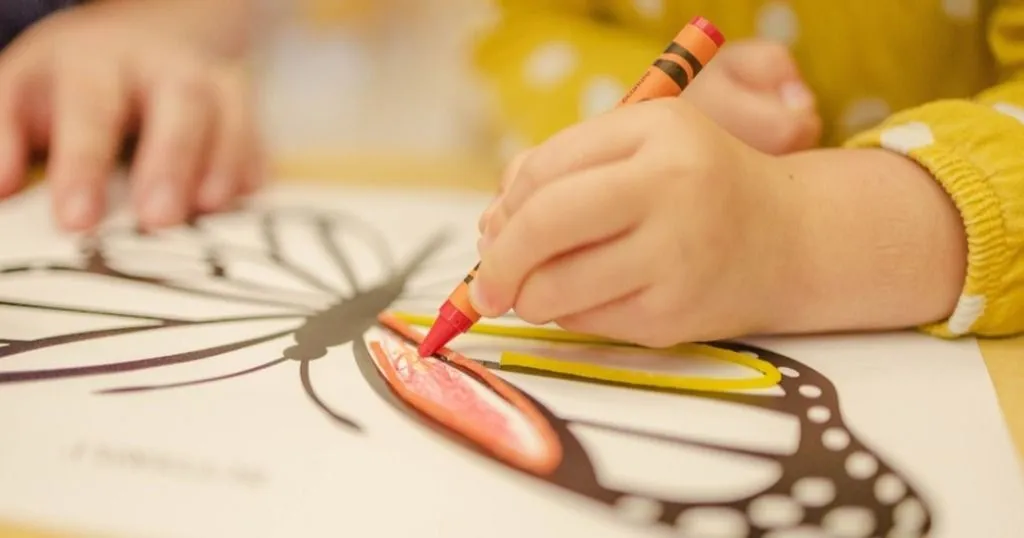
11 Jan
human behavior research
Psychology
Early infant behavior development of hand preference
There are many reasons to study the development of hand preference in infants. For one thing, being left-handed can be an advantage in one-on-one sports such as tennis.
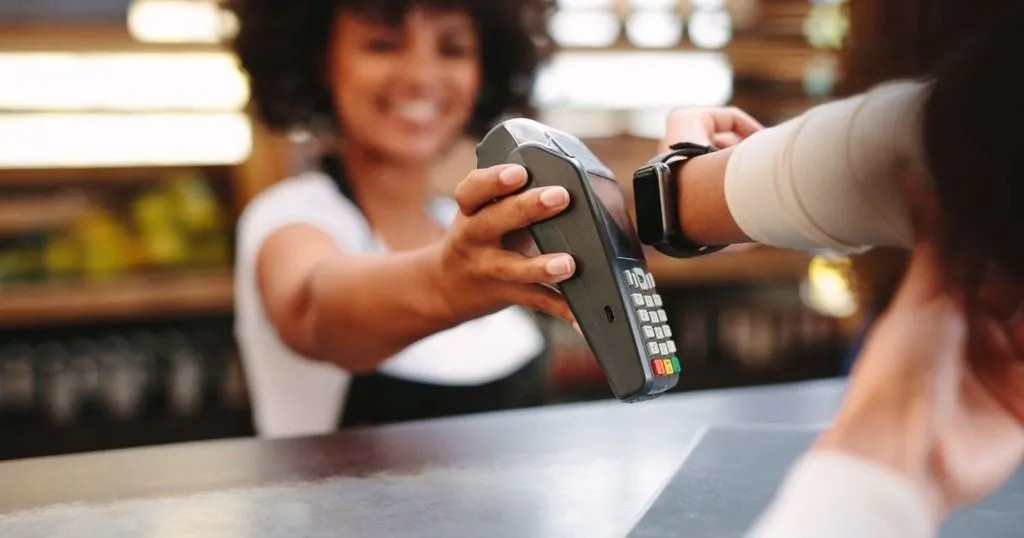
07 Jan
human behavior research
Consumer
How to build a consumer behavior research lab?
In order to get off to a good start, it is best to describe the research or tests that are going to be performed in detail.